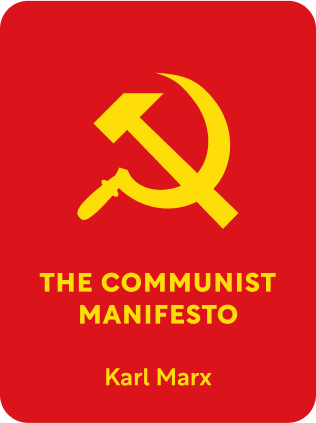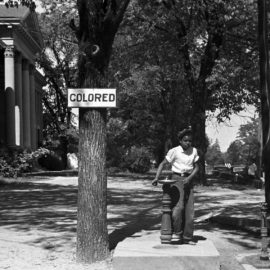

This article is an excerpt from the Shortform summary of "The Communist Manifesto" by Karl Marx. Shortform has the world's best summaries of books you should be reading.
Like this article? Sign up for a free trial here .
What is the Communist League? Does the Communist League support other parties and ideologies other than Communism?
The Communist League was responsible for the views outlined in The Communist Manifesto. The League provided the ideas and paths to a Communism political system.
Red more about The Communist League and other causes they support.
The Communist League and Other Groups
Now that Marx has explained the values and aims of the Communist League, he turns his focus to how they compare to those of socialism and other working class parties.
Types of Socialism
At the time of publication, the Manifesto of the Communist Party wouldn’t have been described as socialist. In 1848, Marx defines “socialists” as non-working class members who look for help from classes other than the ones they belong to. Socialists are interested in improving social conditions and they think it’s possible to do so by improving the existing political system, rather than through the total social change the Communists call for. While socialism of the time has some things in common with Communism, such as opposing the Bourgeoisie and supporting the Proletariat, its goals are different. The manifesto discusses three kinds of socialism: reactionary, conservative/bourgeois, and critical-utopian.
Working Class Parties
The Communists support any movement that rebels against the social and political conditions of the day. Therefore, they support working class parties. The only differences between the Communists and working class parties are:
- Most working class parties focus on conditions in certain countries, but the Communists are interested in the entire international Proletariat.
- The Communists are interested in the movement of class struggles as a whole, not simply specific incidents.
The Communists specifically support:
- The English Chartists, an early working-class movement.
- The American Agrarian Reformers, who want to put land in the hands of the state.
- The French Social-Democrats, who oppose the Bourgeoisie. (However, the Communists don’t wholeheartedly agree with all the details of the Revolution.)
- The Swiss Radicals, who are anti-clerical. (However, some of their members are Bourgeoisie.)
- The Polish group that supports agrarian revolution as the main method for national emancipation and instigated the 1846 Cracow insurrection.
- The German Bourgeoisie as it revolts against the monarchy, petty bourgeoisie, and feudal squirearchy. However, once the German Bourgeoisie is established, the Communists will support the emerging Proletariat.

———End of Preview———
Like what you just read? Read the rest of the world's best summary of Karl Marx's "The Communist Manifesto" at Shortform .
Here's what you'll find in our full The Communist Manifesto summary :
- How the oppressors and the oppressed have been in conflict for all of human history
- How the communists planned to overthrow the ruling class and put in place a fairer system for all
- Five key criticisms of Communism, and how Communists respond






